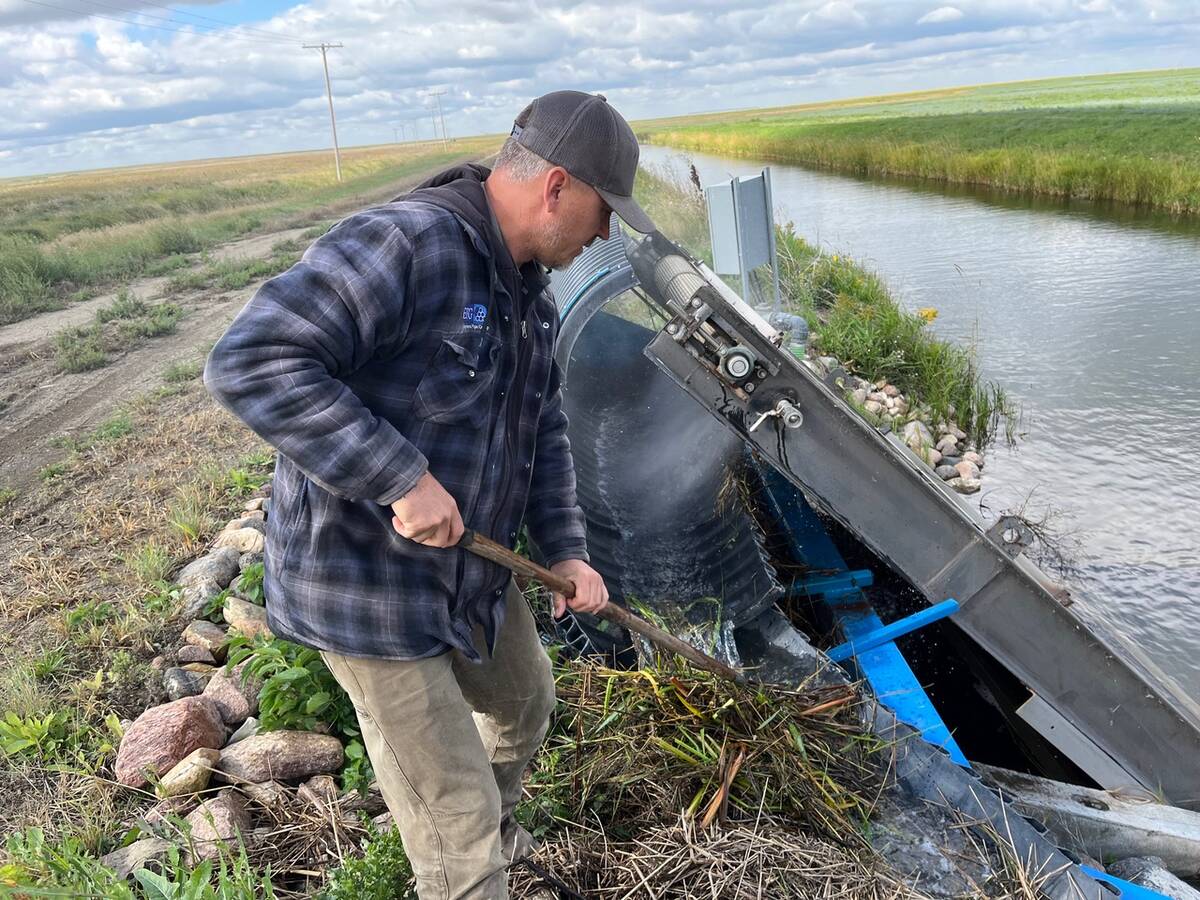Correction: Twenty-eight offspring of water buffalo imported to Canada
from Denmark did not test negative for bovine spongiform encephalopathy
as was reported in a story on page 72 of the Sept. 19 issue.
The animals were declared BSE-free after their parents were slaughtered
and tested free of the disease.
An Alberta elk herd is under quarantine for tuberculosis until a second
test can prove an animal reacted falsely to a skin test, says the chief
veterinarian for the Canadian Food Inspection Agency.
Read Also

Saskatchewan farmer uses tile drainage to manage water
The integration of both irrigation and tile drainage results in higher yields, water efficiency, improved soils and less nutrient runoff, says one producer.
“We always have a number of herds under quarantine. It doesn’t mean
they’re infected, but we always use the cautious approach,” said George
Luterbach of Winnipeg.
“There is always some percentage that have a reaction to the skin
test.”
A skin test is used to check for bovine tuberculosis in elk. If the
test comes back positive, the herd is placed under quarantine for 60
days until a second different test is done.
If the second test is suspicious, the animal is killed and a definitive
tuberculosis test is done.
There have been no cases of tuberculosis in farmed deer and elk in
Western Canada since the early 1990s, when several elk herds were
destroyed. A few herds in Quebec and Ontario have had confirmed cases
of TB.
“In Western Canada we are blessed,” said Luterbach. “Hopefully the
findings will check out to be a bit of a false alarm.”
















